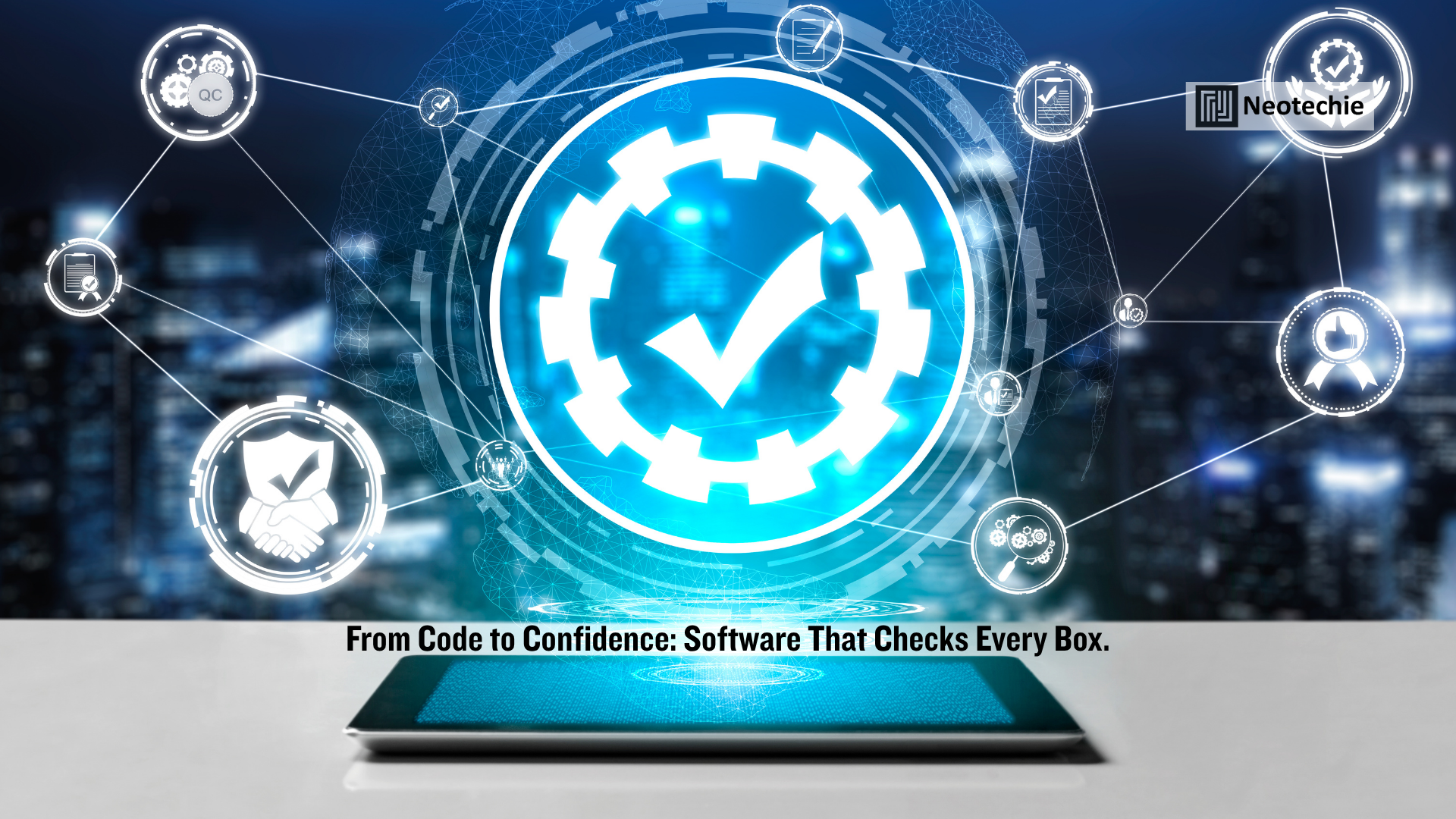The Gold Standard: What High-Quality Software Really Means
Software today is the invisible engine running our businesses, tools, experiences, and daily interactions. But not all software is created equal. High-quality software stands out not only because it functions well, but because it performs consistently, scales effectively, and evolves with user and business needs.
This article explores what defines high-quality software, why it matters more than ever, and how organizations can ensure they’re investing in technology that lasts.
What is High-Quality Software?
High-quality software isn’t just bug-free—it’s robust, maintainable, scalable, and secure. It should deliver real value to its users and stakeholders, functioning exactly as expected across environments and use cases.
Key Attributes of High-Quality Software:
- Functionality: Does it work as intended? Can it reliably perform its core features without fail?
- Reliability: Is it consistently stable across devices, browsers, and operating systems?
- Performance: Is it fast, responsive, and resource-efficient under load?
- Security: Is it built to protect sensitive data and withstand attacks?
- Scalability: Can it handle growth in users, data, and operations?
- Maintainability: Is the code clean, well-documented, and adaptable for future changes?
- Usability: Is the software intuitive, with a seamless user experience?
High-quality software combines engineering excellence with user-centered design, creating tools that feel as good to use as they are to build upon.
Why Quality Matters in Software Development
Cutting corners in quality might deliver faster timelines, but it often results in long-term costs—both financial and reputational. From data breaches to customer churn, low-quality software can be an existential risk.
Strategic Benefits of High-Quality Software:
- Reduced Technical Debt: Fewer bugs, easier upgrades, and lower maintenance costs.
- Faster Innovation: A stable foundation lets teams iterate and launch new features quickly.
- Improved User Satisfaction: Users trust software that works. Quality builds loyalty.
- Lower Risk: Built-in security reduces vulnerabilities and ensures compliance.
- Long-Term Savings: Quality assurance upfront avoids costly fixes later.
In an era where digital experiences are core to business success, prioritizing quality isn’t just best practice—it’s business-critical.
How to Build High-Quality Software: Best Practices
Achieving software quality is not about a single action—it’s a discipline practiced across all stages of the development lifecycle. Here’s how organizations can build software that meets the highest standards.
1. Requirements Clarity
Start with thorough and precise requirements. Misaligned expectations lead to mismatched outcomes. Collaborate with stakeholders, define success criteria, and document every detail.
2. Clean Architecture and Design
A well-thought-out architecture enables performance, maintainability, and future growth. Use design patterns, modular code, and separation of concerns to ensure a strong foundation.
3. Rigorous Testing at Every Level
Testing shouldn’t be an afterthought. It must be baked into development workflows:
- Unit Testing: Validate individual components.
- Integration Testing: Ensure components work together correctly.
- System Testing: Test the full system in real-world conditions.
- User Acceptance Testing (UAT): Verify usability and satisfaction with end-users.
- Regression Testing: Prevent breaking existing functionality during updates.
4. Embrace Automation
Automated CI/CD pipelines with integrated testing reduce human error and speed up release cycles. Automated test suites ensure consistency and repeatability.
5. Security by Design
Secure coding practices, threat modeling, and regular vulnerability assessments should be part of the process—not just a final checkpoint. Security is proactive, not reactive.
6. User-Centered Development
Involve users early and often. User feedback informs design choices, ensures alignment with real needs, and enhances usability.
7. Documentation and Collaboration
From technical documentation to team communication, clarity ensures continuity. Well-documented code and decisions reduce onboarding time and prevent misunderstandings.
The Role of Quality Assurance (QA) in the Development Cycle
QA is not just about finding bugs—it’s about enforcing standards and continuously improving the product. A mature QA strategy includes:
- Defined acceptance criteria for each feature
- Test-driven development (TDD) or behavior-driven development (BDD)
- Risk-based testing strategies
- Performance and stress testing
QA teams often act as advocates for the user, ensuring the final product delivers on expectations and performs under real-world conditions.
Neotechie’s Mindset: Quality as a Core Principle
At Neotechie, we don’t treat quality as a final step—we embed it into every line of code, every user story, and every deployment pipeline.
Our team follows a stringent quality assurance (QA) process that spans from initial planning to post-launch support. From unit testing and integration testing to user acceptance testing (UAT), we validate our software at every level to ensure reliability and robustness.
Security is integral to our work. Neotechie builds with the latest security protocols, including data encryption, multi-factor authentication, and GDPR compliance, ensuring our clients’ systems are protected and trusted.
Our applications aren’t just functional—they’re bulletproof, scalable, and designed to evolve. We use agile methodologies, continuous integration, and cutting-edge QA tools to deliver high-performance software that holds up to real-world demands.
At Neotechie, high-quality software isn’t an outcome—it’s our standard.
Partnering with us means building digital products that last, scale, and succeed.
Final Thoughts
Software quality is a reflection of your brand, your capability, and your promise to customers. In a competitive digital ecosystem, settling for anything less than excellence puts your business at risk.
Investing in high-quality software means fewer fires, happier users, and a future-proof foundation. Whether you’re launching a startup app or modernizing enterprise infrastructure, the difference between a good product and a great one often comes down to quality.
And that’s exactly what we deliver at Neotechie—software you can count on, crafted with precision, performance, and purpose.

